Explanation of Goodwill and Accounting Treatment
VerifiedAdded on 2022/12/28
|6
|895
|36
AI Summary
This memorandum explains the nature of goodwill and its accounting treatment. It discusses the difference between tangible and intangible assets, the recognition of goodwill in books, and the accounting treatment of internally generated and acquired goodwill.
Contribute Materials
Your contribution can guide someone’s learning journey. Share your
documents today.
1 out of 6
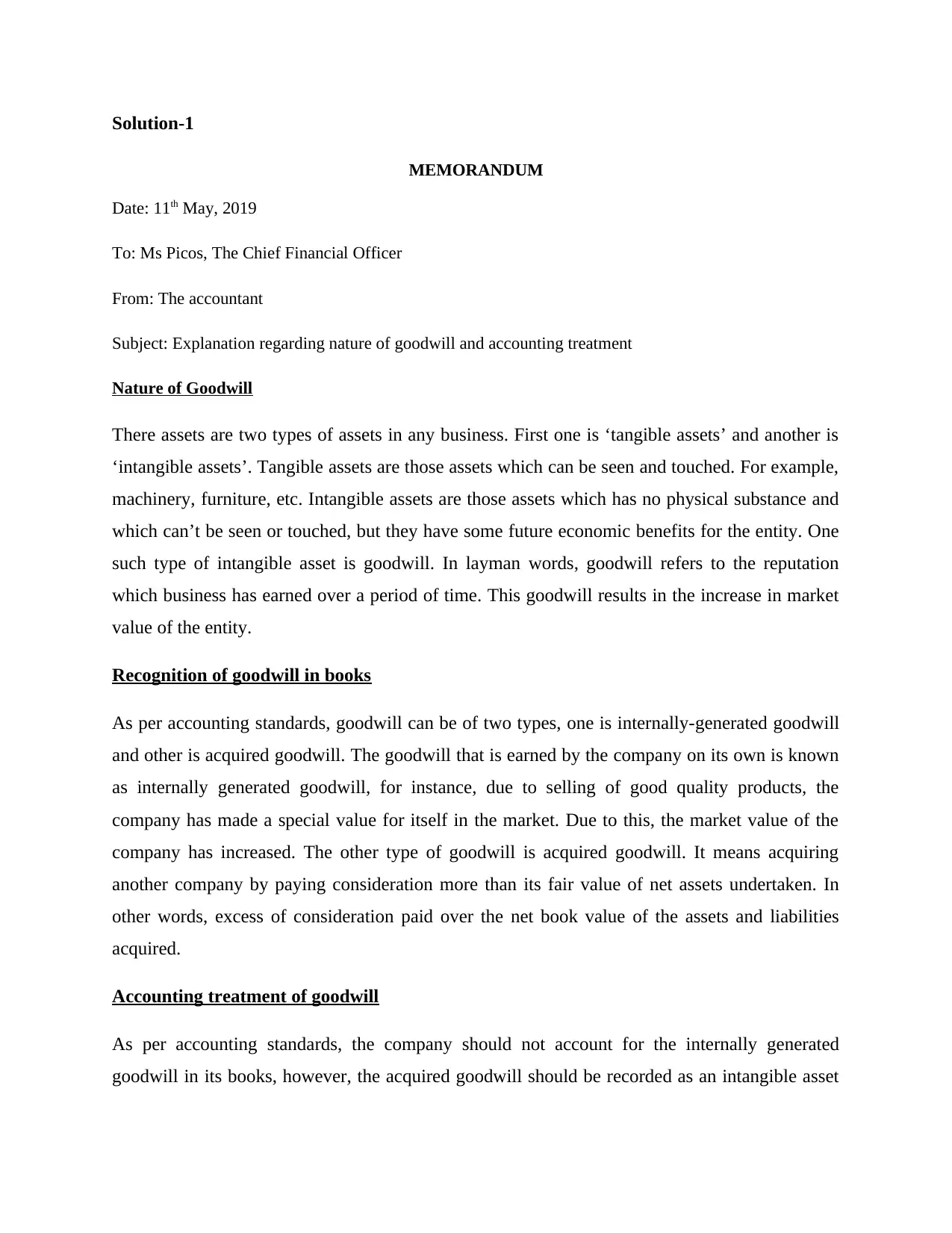
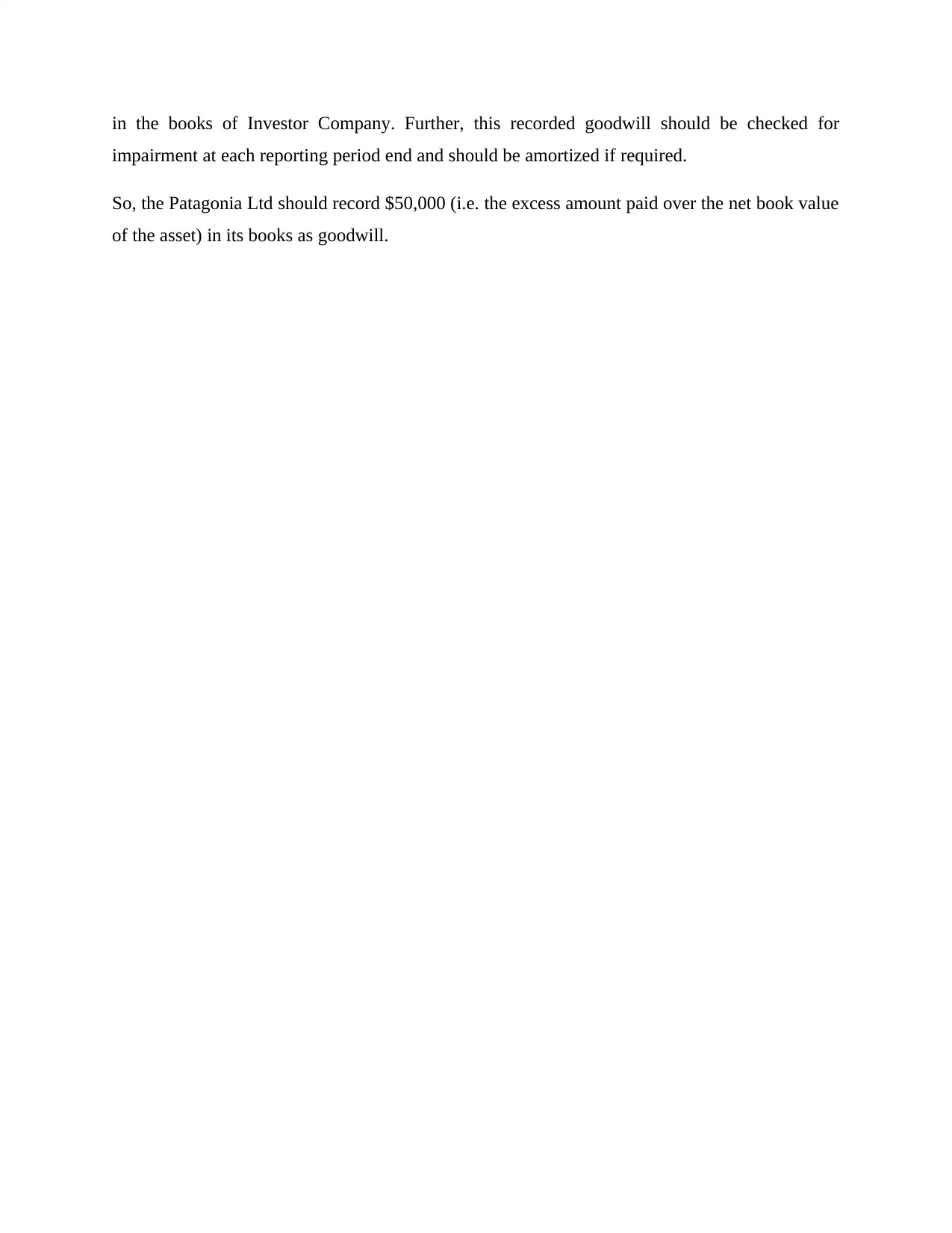
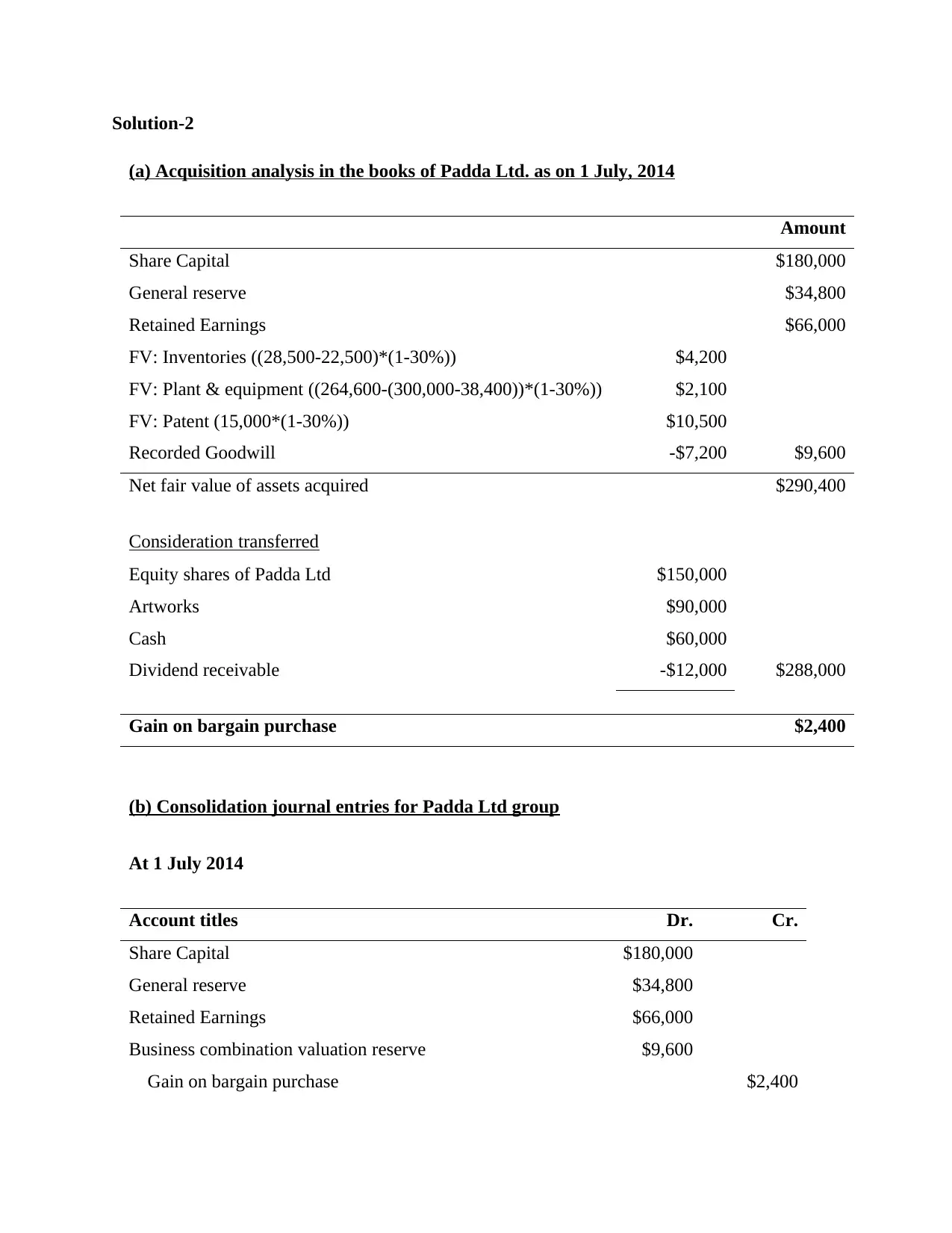
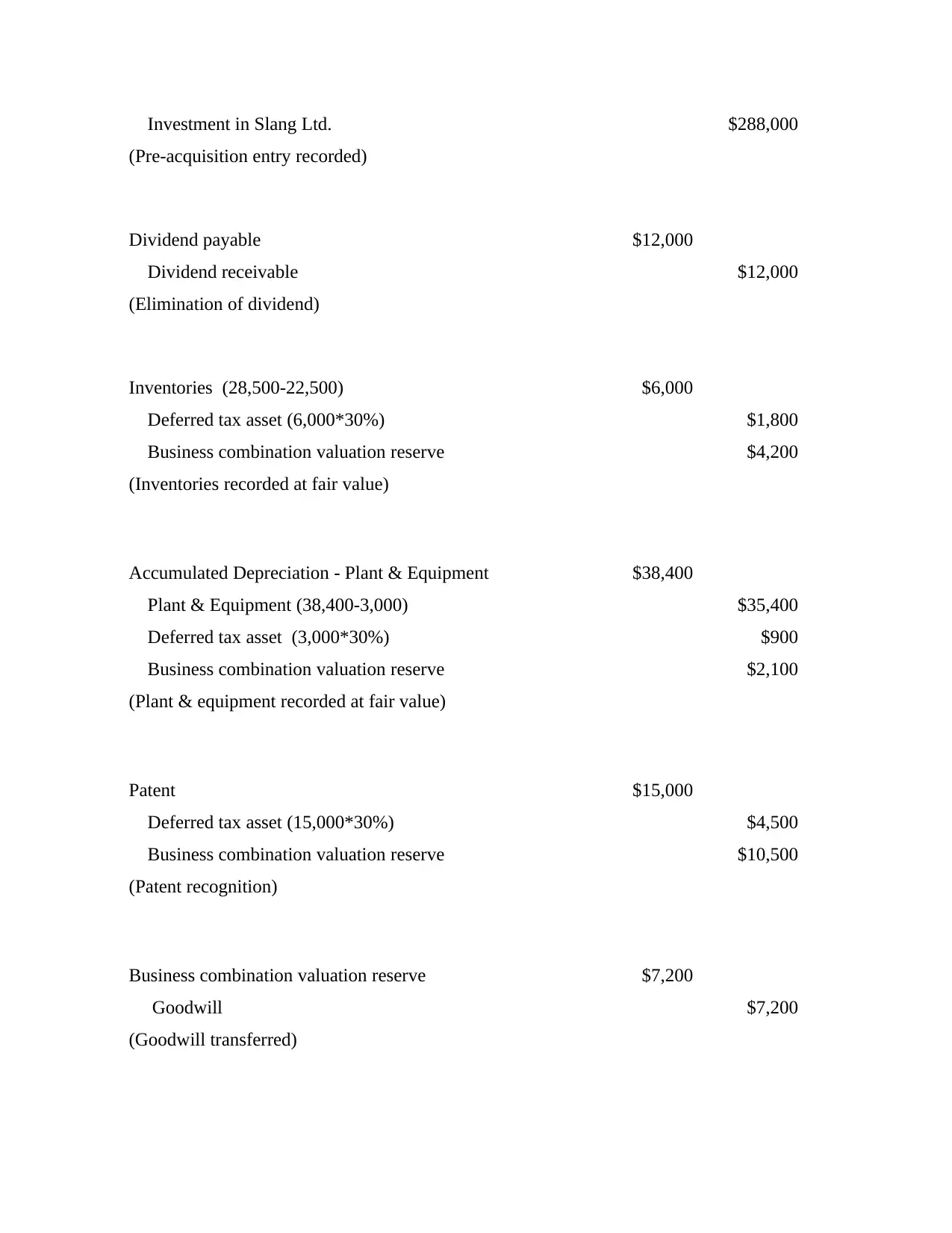

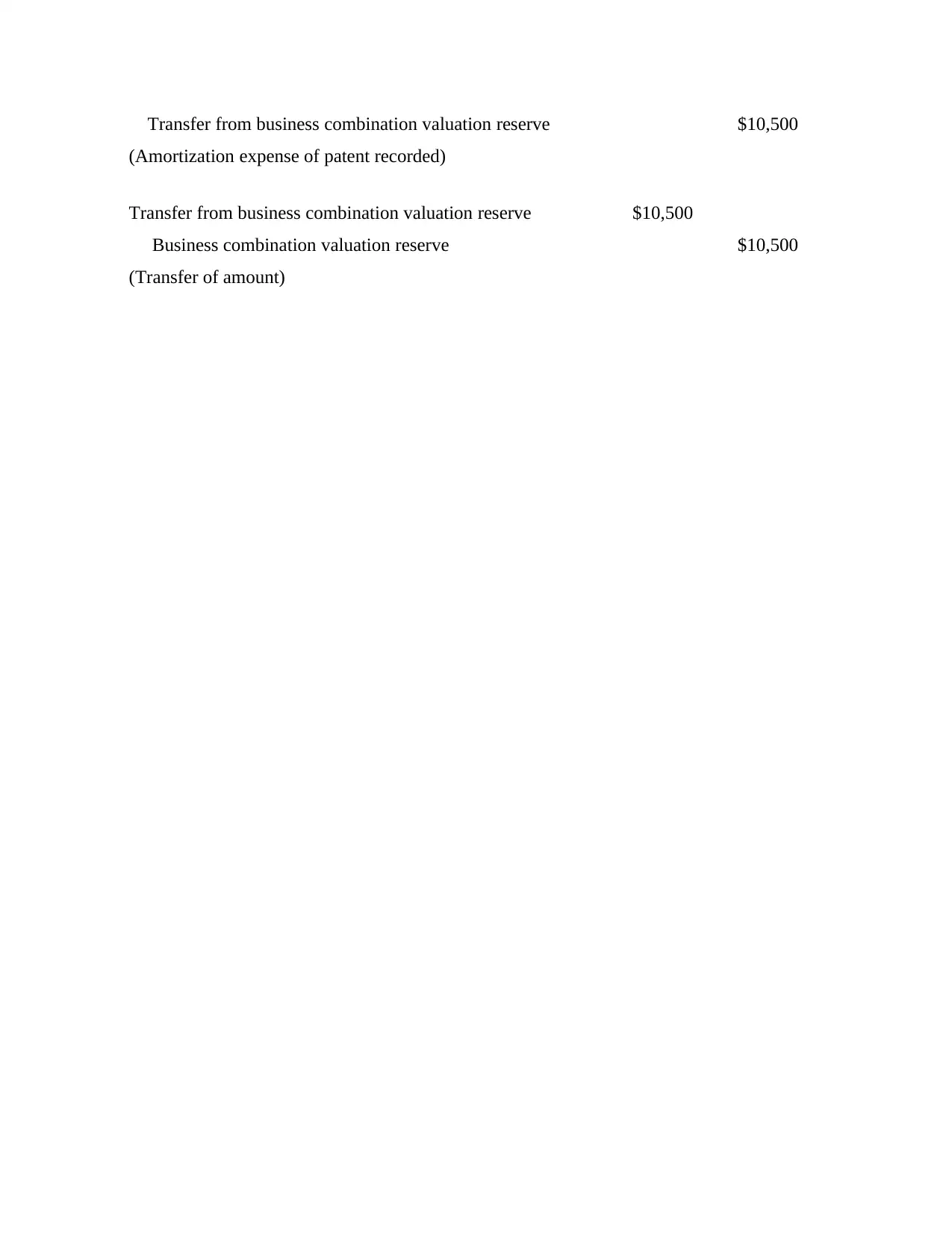






![[object Object]](/_next/static/media/star-bottom.7253800d.svg)